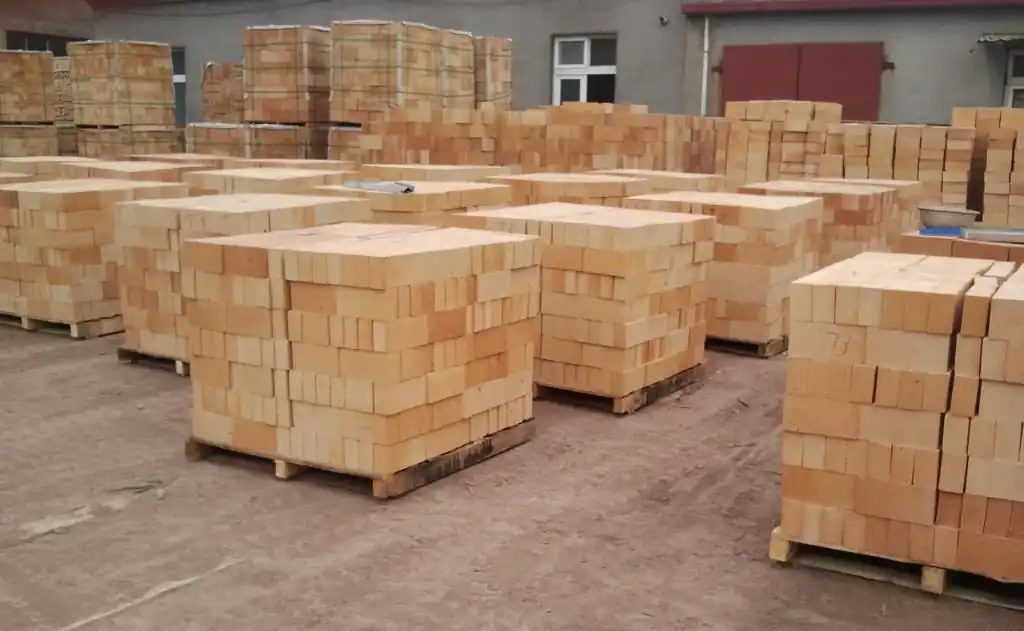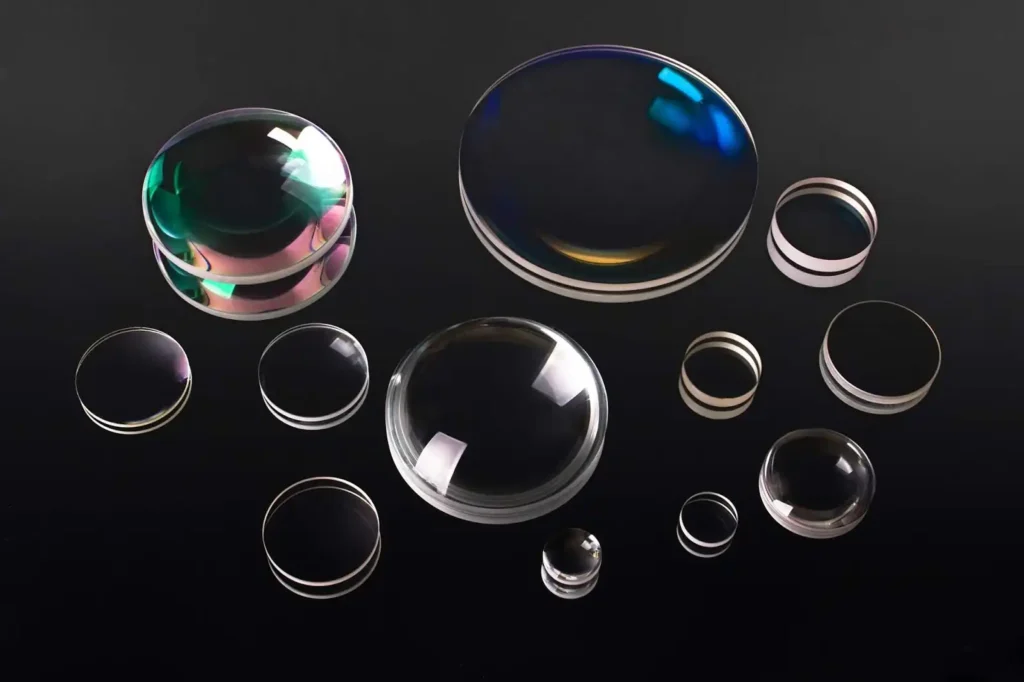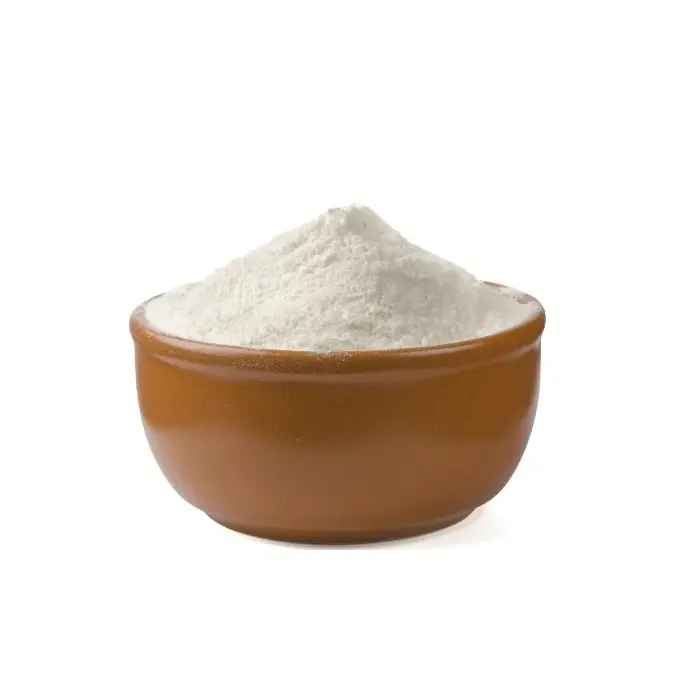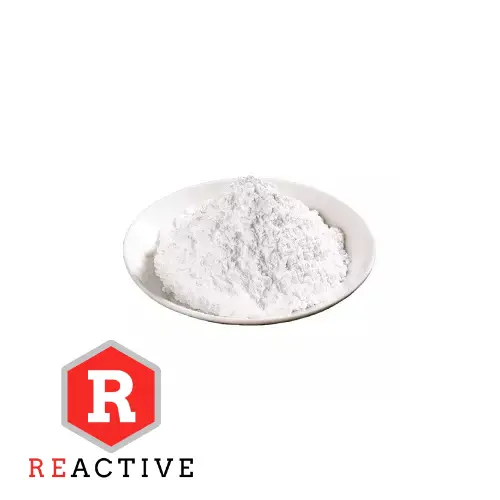1, Ingredient Analysis
Main components: The main component of magnesium oxide powder is of course magnesium oxide (MgO), which is an ionic compound composed of magnesium ions (Mg2+) and oxygen ions (O2-). The relative atomic mass of magnesium is about 24.31 and that of oxygen is about 16, so that in pure magnesium oxide the mass fraction of the element magnesium is about 60.3% and that of the element oxygen is about 39.7%.
Impurity composition: according to the different preparation methods and raw materials, magnesium oxide powder may contain some impurities. For example, if magnesite (the main component is magnesium carbonate MgCO₃) is used as the raw material to prepare magnesium oxide by calcination, some magnesium carbonate that has not been decomposed completely may remain. If magnesium salt is extracted from seawater to prepare, it may contain a small amount of sodium chloride (NaCl), calcium chloride (CaCl2) and other impurities. The presence of these impurities can affect the performance of magnesium oxide, e.g., in some applications requiring high purity, the impurities may reduce the refractory properties or chemical activity of magnesium oxide.
2, Physicochemical performance analysis
Specific surface area: Specific surface area is an important indicator of the degree of dispersion and activity of magnesium oxide powder particles. Nano magnesium oxide powder specific surface area is large, can reach tens or even hundreds of square meters per gram, which makes it in the adsorption, catalysis and other fields have better application prospects. While ordinary micron magnesium oxide powder specific surface area is relatively small, generally in a few square meters per gram to a dozen square meters per gram. Specific surface area can be measured by nitrogen adsorption – desorption method (BET method) and other methods.
Particle size distribution: Magnesium oxide powder has a wide range of particle size distribution. The particle size distribution can be determined by laser particle size analyzer. Nano magnesium oxide particle size is usually between 1 – 100nm, with quantum size effect and other special properties; micron magnesium oxide particle size between 1 – 1000μm, and its physicochemical properties are closer to the bulk magnesium oxide. The particle size distribution affects the performance of magnesium oxide in many applications, such as in paints, where smaller particles can make the paint surface smoother.
Surface charge: Magnesium oxide powders may have an electrical charge on their surface, which is related to their preparation method and the environment they are exposed to. The surface charge affects the agglomeration between particles. For example, in an aqueous solution, the surface of magnesium oxide particles may adsorb some hydrogen ions (H⁺) or hydroxide ions (OH-), making its surface positively or negatively charged. When the surface charge of the particles is the same, electrostatic repulsion will be generated, which is conducive to the dispersion of the particles; and when the surface charge is neutralized or the environment is changed, the particles are prone to agglomeration.
Chemical activity: chemical activity is mainly reflected in the ability of magnesium oxide to react with acid, alkali, salt and other substances. Because magnesium oxide is alkaline oxide, it has high reactivity with acid, such as reacting with nitric acid (HNO3) to generate magnesium nitrate (Mg (NO3)2) and water, the reaction formula is MgO + 2HNO₃ = Mg (NO3)₂+H2O. Its chemical activity is also affected by the size of the particles and the specific surface area, nanometer magnesium oxide due to the large specific surface area and high proportion of surface atoms, the chemical activity is usually higher than that of the micron magnesium oxide. magnesium oxide of nanometer grade is usually higher than that of micrometer grade.
3, Microstructure analysis
Crystal structure: magnesium oxide belongs to cubic crystal system, its crystal structure of magnesium ions and oxygen ions are arranged according to a certain law. In an ideal cubic crystal cell, magnesium ions are located at the apex and face center of the cell, and oxygen ions are located at the midpoint of the prisms and the center of the body. This crystal structure gives magnesium oxide high hardness, density and other physical properties. The crystal structure of magnesium oxide can be analyzed by X-ray diffraction (XRD) to determine its crystalline form, lattice constant and other parameters.
Lattice defects: In the actual magnesium oxide powder, lattice defects may exist. Lattice defects include point defects (e.g., vacancies, interstitial atoms), line defects (e.g., dislocations) and surface defects (e.g., grain boundaries). The presence of these defects can affect the physical and chemical properties of magnesium oxide. For example, lattice vacancies may increase the chemical activity of magnesium oxide because the atoms around the vacancies have higher energies and are more likely to participate in chemical reactions.
4, Thermal property analysis
Thermal stability: magnesium oxide has good thermal stability, its melting point is up to 2852℃, boiling point is about 3600℃. At high temperatures, magnesium oxide can still keep its chemical structure stable, which makes it important in high temperature applications such as refractory materials. During heating, magnesium oxide has a relatively low coefficient of thermal expansion, which means that it has less volume change when the temperature changes, helping to maintain the dimensional stability of the material.

Thermal conductivity: magnesium oxide is an excellent thermal conductive material with a high thermal conductivity. The size of thermal conductivity is related to the crystal structure, purity, density and other factors of magnesium oxide. In some electronic devices or high temperature heat exchangers that need to dissipate heat, magnesium oxide powder can be used as filler material or thermal conductive medium to transfer heat effectively.
5, Optical properties analysis
Refractive index: the refractive index of magnesium oxide is about 1.73, in the field of optical materials, this refractive index characteristic makes it can be used as the coating material of the optical components, for the purpose of reducing the reflection, increasing the light transmittance and so on. For example, coating some optical lenses with a thin film of magnesium oxide can improve the optical properties of the lenses.

Light Absorption and Emission: In the UV-Vis range, magnesium oxide powder generally appears white, due to its weak absorption of visible light and strong reflection. However, in some special cases, such as when the particle size of magnesium oxide powder is reduced to the nanometer level, a quantum size effect may occur, resulting in a change in its light absorption and emission properties, which may have potential applications in areas such as photocatalysis.


